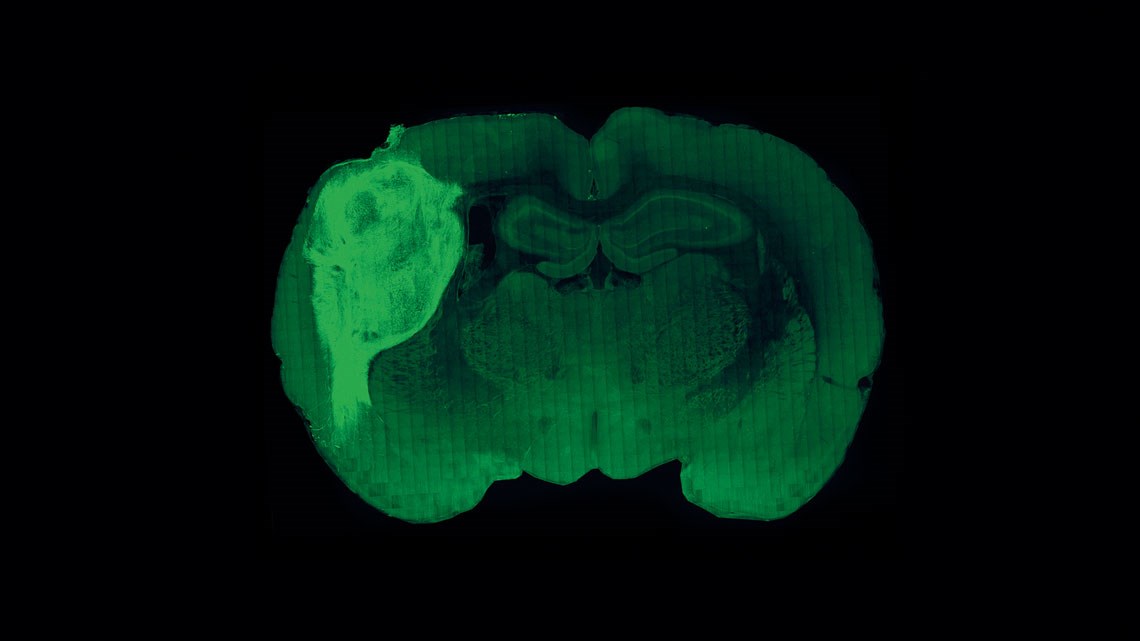Physician and neuroscientist Sergiu Pasca and his team at Stanford University, USA, implanted human brain tissue, obtained by cultivating skin stem cells in a lab, into the brains of developing mice. The tissue was inserted into a region linked to environmental perception and was successfully integrated into the brains of the animals, which suffered no memory or movement control problems. Marked using a technique that made it possible to track their location, the human cells developed connections with different areas of the rodents’ brains. Electrical stimulation of the cells altered the behavior of the rats and manipulating their vibrissae (the whiskers) activated the human neurons. After seven months, the neurons in the implanted tissue had assumed a similar shape and size to those found in the human brain, quite different to the neurons of human cerebral organoids (minibrains) grown in the lab (Nature, October 12). According to the scientists, this model could allow for a more realistic investigation of alterations that occur in neurological and psychiatric diseases.
RepublishNeuroscience
Scientists implant human brain tissue in mice

Human cells (brighter) implanted into the brain of rodents
Stanford University

